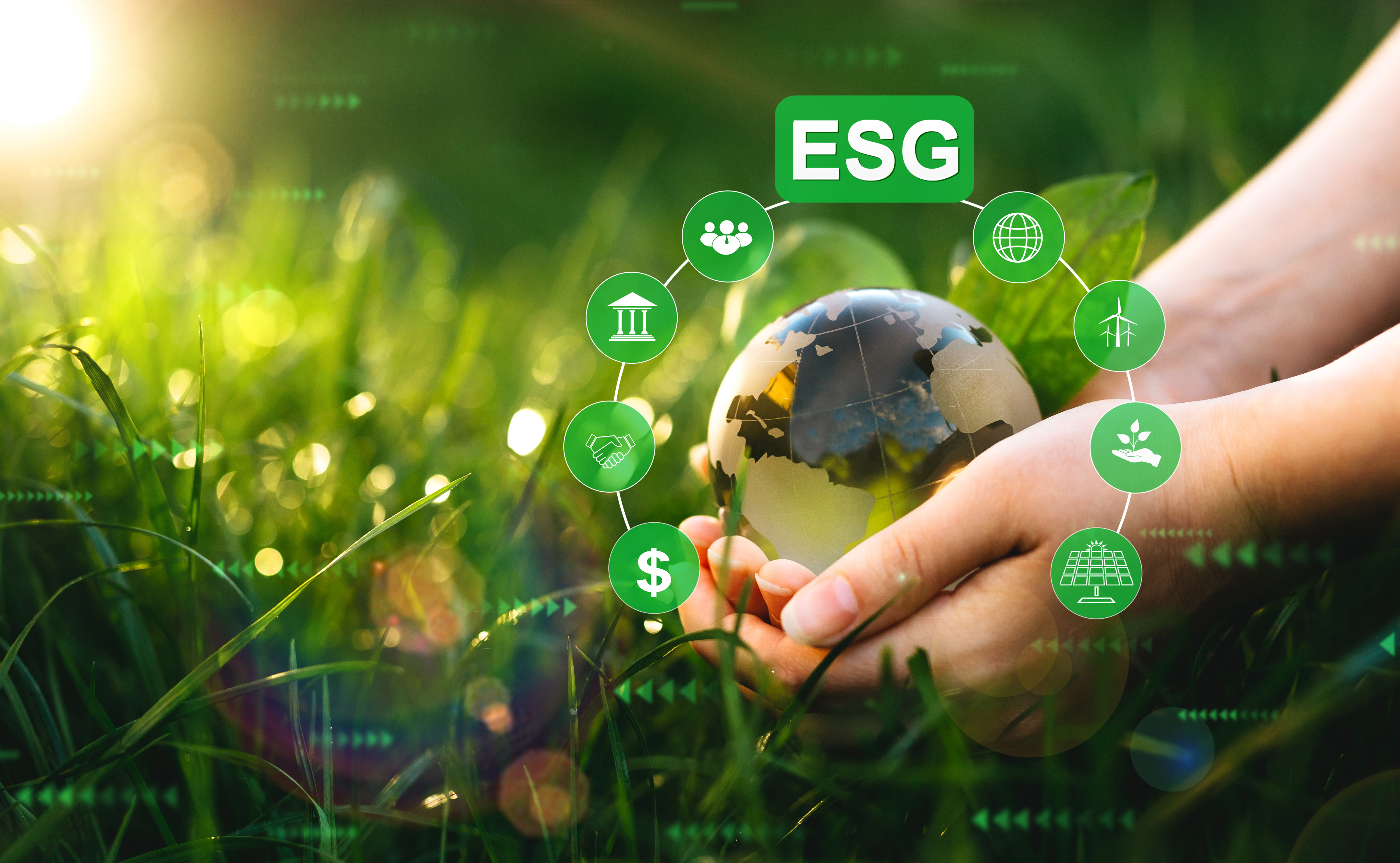The Quick Take
If ESG reporting frameworks were streaming services, we'd all be subscribed to Netflix, Hulu, Disney+, HBO Max, Amazon Prime, and a dozen niche platforms just to watch our favorite shows. Finally, in 2025, the great convergence is happening. This article explains how the reporting landscape is simplifying and what smart companies are doing to prepare.
The Framework Fatigue Is Real
Remember the days when sustainability reporting meant a glossy PDF with pictures of happy employees planting trees? Those simpler times gave way to the current reality: a dizzying alphabet soup of frameworks that would make even the most dedicated sustainability professional's head spin.
GRI, SASB, TCFD, CSRD, ISSB, CDP, SDR... it's not just a keyboard smash – it's the current state of ESG reporting. Companies are drowning in overlapping requirements, conflicting metrics, and the constant fear of missing something important.
The Framework Overload Symptoms
- Reporting Burnout: "We just finished our CDP submission and now CSRD wants completely different data?"
- Metric Madness: "We're tracking 347 different sustainability metrics and I'm not sure why anymore."
- Stakeholder Confusion: "Our investors are asking why our SASB metrics don't match our GRI disclosures."
- Resource Drain: "Our sustainability team spends 80% of their time reporting and only 20% improving."
If this sounds painfully familiar, there's good news on the horizon. The era of framework chaos is coming to an end – not because one standard "won," but because the major players have finally realized that the current situation serves nobody well.
The Great Convergence Has Begun
After years of competing for dominance, standard-setters are finally doing what everyone has been begging for: working together. Here's what's happening:
The Global Baseline
ISSB standards are becoming the common foundation that other frameworks build upon – think of it as the universal adapter for sustainability reporting.
Metric Harmonization
Frameworks are aligning on definitions and methodologies – so a ton of CO2e means the same thing whether you're reporting to CDP or CSRD.
Disclosure Mapping
Clear crosswalks between frameworks mean you can "report once, disclose many times" instead of starting from scratch for each standard.
Digital Standardization
Common data taxonomies and digital reporting formats are making it possible to automate much of the reporting process.
This convergence isn't just theoretical – it's happening now and accelerating rapidly. Think of it as the sustainability equivalent of when all your chargers finally standardized on USB-C. Life is about to get much simpler.
What This Means For Your Reporting Life
The practical impacts of this convergence will transform how organizations approach sustainability reporting:
The Before & After Picture
Before Convergence
- Multiple redundant data collection processes
- Conflicting definitions and methodologies
- Separate reports for different frameworks
- Manual reconciliation between standards
- Constant framework-specific training
After Convergence
- Unified data collection approach
- Standardized metrics and methodologies
- Core report with framework-specific extensions
- Automated cross-framework mapping
- Focus on content rather than compliance
For many organizations, this could translate to 30-40% reduction in reporting effort while actually improving data quality and usefulness. It's like finally getting back the nights and weekends you've been spending on reconciling framework differences.
Smart Moves to Make Now
While the full benefits of convergence will take time to materialize, forward-thinking organizations are already positioning themselves to capitalize on this shift:
-
Build a Flexible Data Foundation
Create a centralized sustainability data architecture that can adapt to evolving standards without requiring complete rebuilds. Think of it as building with Lego blocks instead of carving from stone.
-
Focus on the Core Metrics
Identify and prioritize the metrics that appear across multiple frameworks – these "universal" data points will form the backbone of the converged reporting landscape.
-
Invest in Automation
Implement systems that can automatically map your data to different frameworks, reducing the manual effort of multi-framework reporting during the transition period.
-
Stay Informed, Not Overwhelmed
Monitor convergence developments without getting caught in the weeds of every minor framework update. Focus on the big picture trends rather than every detailed change.
Effix's platform is built for this converging world, with a flexible data architecture that adapts to evolving standards. Our solution automatically maps your sustainability data to multiple frameworks simultaneously, so you can focus on performance improvement rather than reporting logistics. As standards continue to align, our platform updates automatically, ensuring you're always ready for the next reporting cycle.
